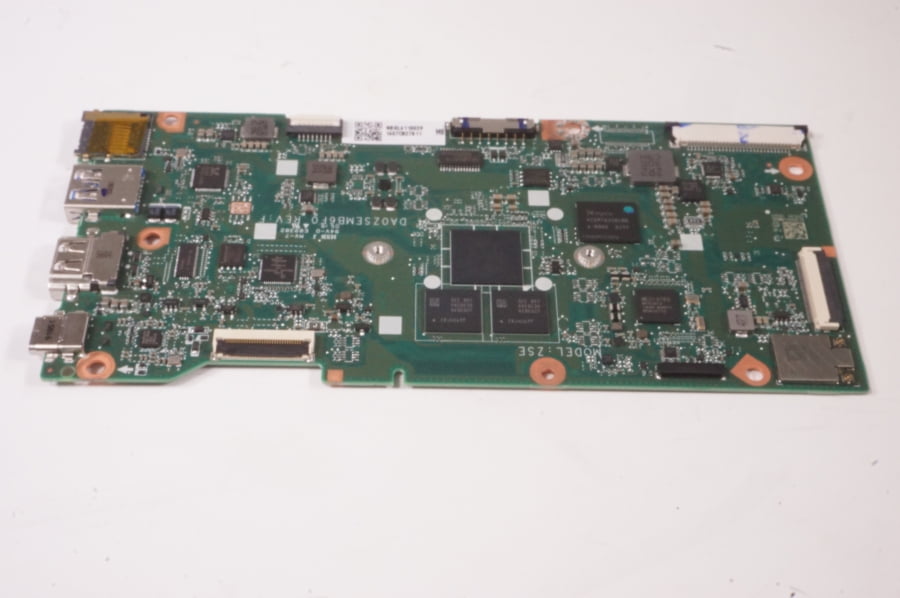
Different techniques are used to incorporate new features into the existing software.
MT8173 REVERSE ENGINEER CODE SOFTWARE
In software design, reverse engineering enables the developer or programmer to add new features to the existing software with or without knowing the source code.

Reverse engineering is used in a variety of fields such as software design, software testing, programming etc. Learn more about different software testing techniques in this course.Īpart from this, the main purpose of reverse engineering is to audit the security, remove the copy protection, customize the embedded systems, and include additional features without spending much and other similar activities. Even though the tester has an API, their ultimate goal is to find the bugs by hitting the product hard from outside.

In the world of reverse engineering, we often hear about black box testing. To avoid copyright infringement, reverse engineering makes use of a technique called clean room design.
MT8173 REVERSE ENGINEER CODE CODE
In the second case, the source code for the software is no longer available here, the process of discovering the possible source code is known as reverse engineering. The efforts that are made to discover the source code for the software that is being developed is known as reverse engineering. There are two types of reverse engineering in the first type, the source code is available, but high-level aspects of the program are no longer available. With the help of reverse engineering, the software system that is under consideration can be examined thoroughly. In general, it is defined as the process of creating representations of systems at a higher level of abstraction and understanding the basic working principle and structure of the systems under study. Reverse engineering can be applied to several aspects of the software and hardware development activities to convey different meanings. A number of reverse engineering exercises have been developed since then in this regard to provide baseline education in reversing the machine code. Researchers have revealed that reverse engineering basically comes under two categories-software development and software testing. Since then, research has been carried out to analyse what kind of development activities can be brought under the category of reverse engineering so that they can be taught to the programmers. Learn more protecting Intellectual Property in this course.Īt the turn of the century, when the software world was hit by the technology crisis Y2K, programmers weren’t equipped with reverse engineering skills. In such a case, reverse engineering skills would be used by software engineers to detect probable virus and malware to eventually protect the intellectual property of the company. A typical reverse engineering scenario would comprise of a software module that has been worked on for years and carries the line of business in its code but the original source code might be lost, leaving the developers only with the binary code. If we have a look at the subject of reverse engineering in the context of software engineering, we will find that it is the practice of analyzing the software system to extract the actual design and implementation information. and thereafter making appropriate adjustments to give rise to a better performing or superior vehicle.

It’s similar to disassembling the parts of a vehicle to understand the basic functioning of the machine and internal parts etc. The process of converting the code written in high level language into a low level language without changing the original program is known as reverse engineering.

In short, the code written in high level language needs to be interpreted into low level or machine language. (you can learn basic C programming with this beginners course) as computers do not speak these languages, the code written in these programming languages needs to be assembled in a format that is machine specific. For example, the programmer writes the code in a high-level language such as C, C++ etc. Reverse engineering, the process of taking a software program’s binary code and recreating it so as to trace it back to the original source code, is being widely used in computer hardware and software to enhance product features or fix certain bugs.


 0 kommentar(er)
0 kommentar(er)
